Best smart speakers
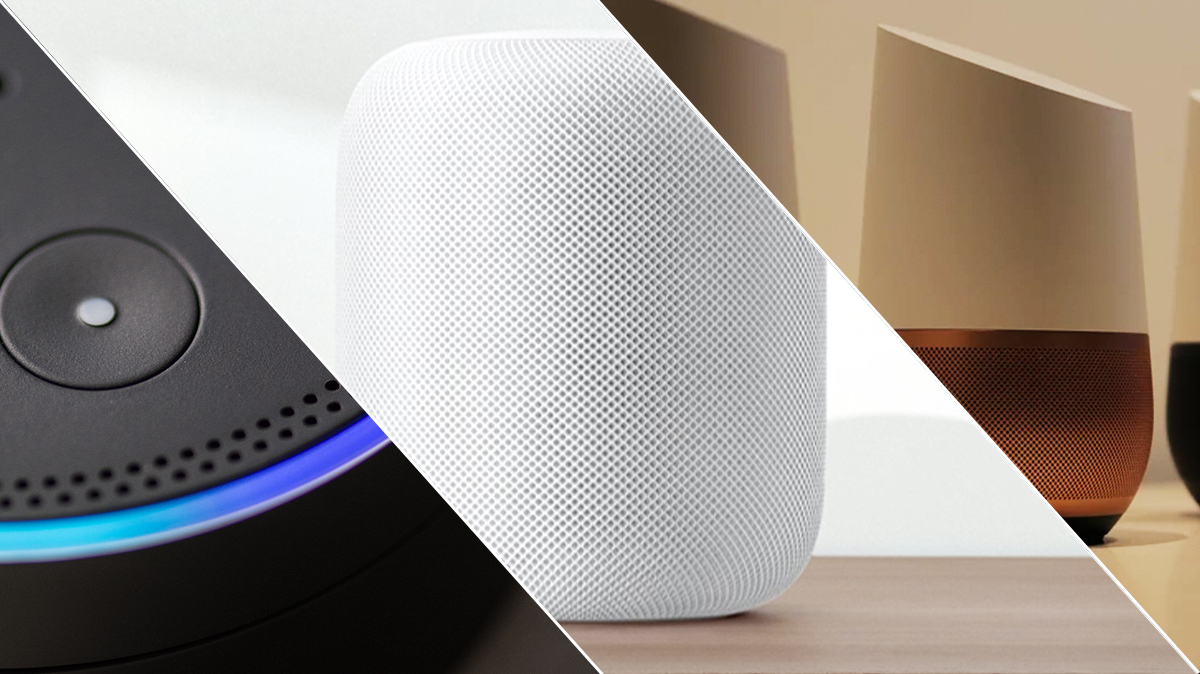
Remember when the idea of a fully-automated smart home seemed like the stuff of science-fiction? Well, we may not have a robot butler just yet, but many of us have at least a few smart home products these days – and it's all thanks to smart speakers.
Speakers with built-in smart features and AI-powered voice assistants like the Google Home, Amazon Echo, and Apple HomePod continue to dominate the smart home market.
Voice assistants like Alexa, Siri, and Google Assistant have taken our homes by storm, with many now considering smart speakers to be the future of home automation. That's because they can do so much, from answering almost any question, playing music, telling you the news, and not only controlling your smart home devices (like your Philips Hue bulbs or smart locks) but running everything from your fridge to your living room lights – sometimes without much help from you.

Sonos One
Reasons to buy
Sonos’ debut Alexa speaker is a cleanly-designed, feature-rich, and great-sounding device that brings together the best of both ecosystems. You’ve got the ever-improving Alexa on the one hand, and on the other, you’ve got Sonos with its own multi-room smarts and mostly unrivaled sound performance.
There's also a new feature in the mix that promises to change the game: AirPlay 2. With it, the Sonos One can talk to Siri and form a multi-room pairing with the Apple HomePod, making it the most versatile speaker on the list.
If Google Assistant support hits at some point this year (we hope), the Sonos One promises to become the market leader in smart home speakers.
If you like the Sonos range but you've felt a little underwhelmed by its designs to date, then you'll be happy to find out the brand has launched a new range of in-wall, in-ceiling, and outdoor speakers, the Sonos Architectural line.
Sign up for breaking news, reviews, opinion, top tech deals, and more.

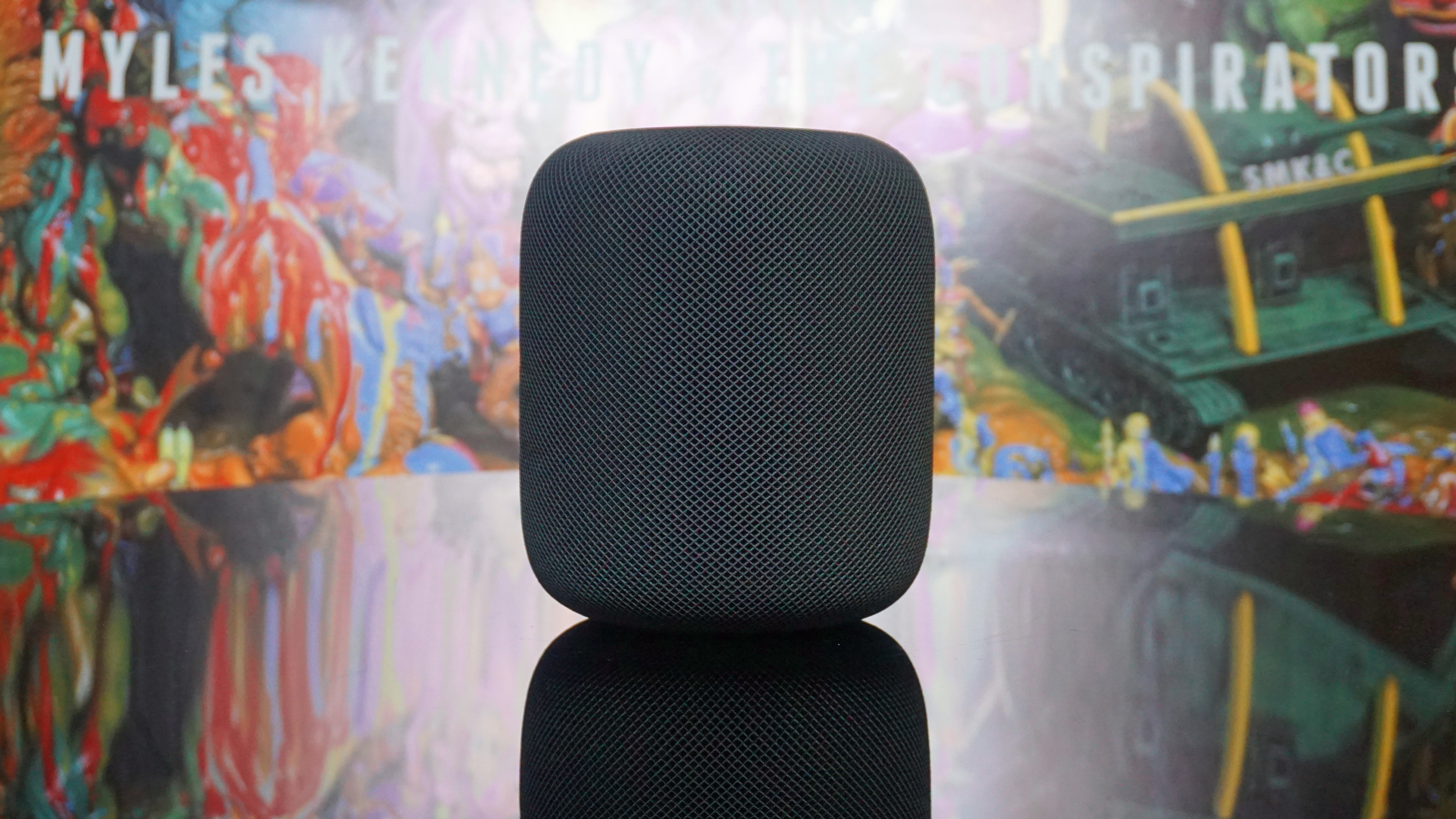
Apple HomePod
Reasons to buy
The highly-anticipated Apple HomePod has finally entered the smart speaker battle.
The obvious benefit of an Apple HomePod over an Echo or Google Home device is that it'll play nice with your other Apple products. So if you're a die-hard Apple fan the HomePod may be a no-brainer.
But it's worth asking the same question you should always be asking yourself when you want to splurge on a new Apple product: how much of a premium should you pay for owning a device that fits only seamlessly into the Apple ecosystem?
When we reviewed the device we were torn because we were really reviewing two things at once: how the HomePod weighs up as a premium speaker and how it fares as a smart home hub.
In the former category, the HomePod is excellent, as it boasts an incredible sound and a very intuitive set-up. But in the latter, Siri is only middling in its implementation, and the fact that you're not able to break out of the Apple ecosystem for many key functions also rankles.

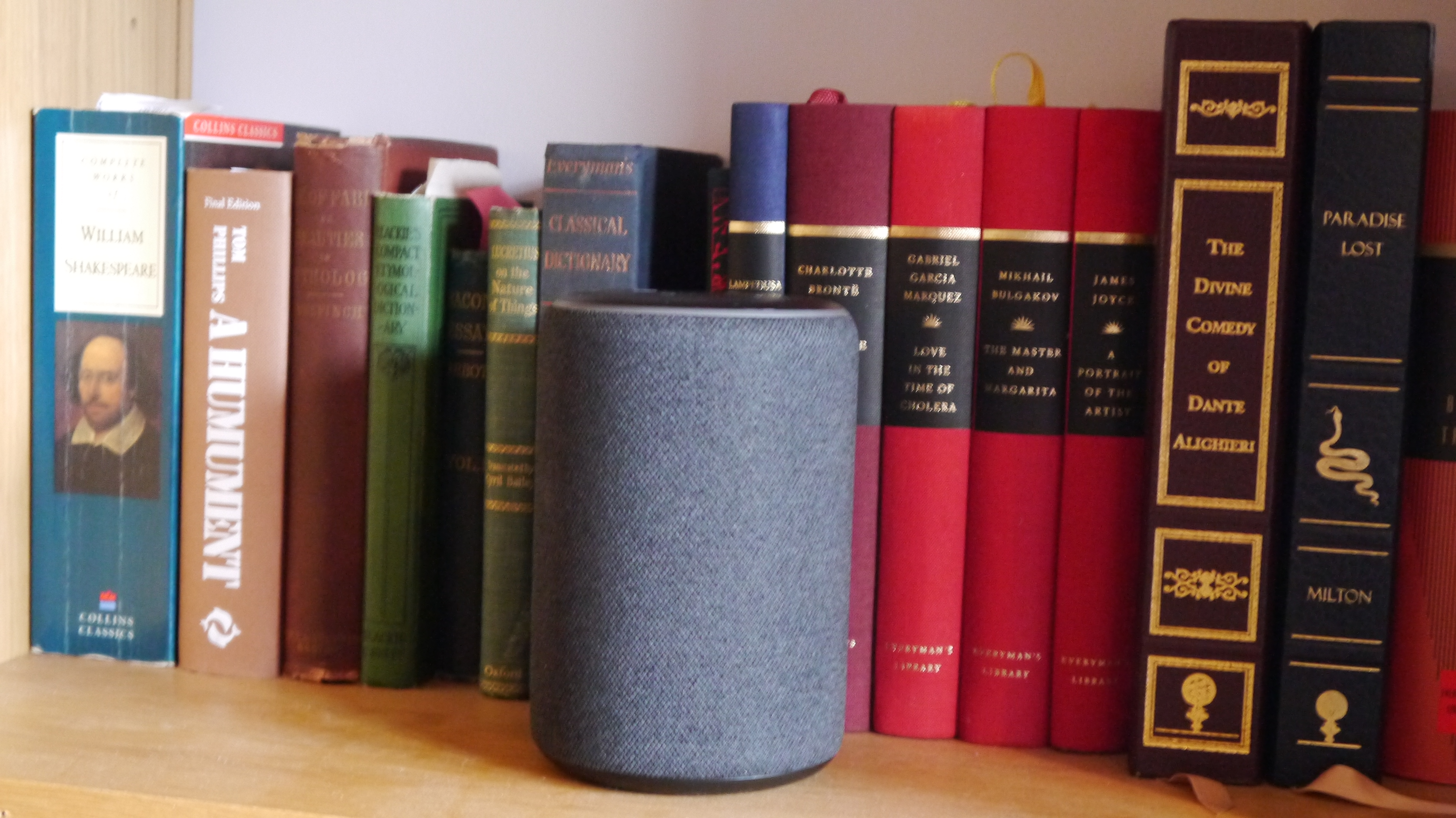
Amazon Echo 3rd generation
Reasons to buy
The humble Amazon Echo has entered millions of homes already – and with good reason. It's an affordable entry point for those beginning their smart home, with audio capable enough to handle the news, podcasts, music, or whatever you might be using your AI voice servant for.
That's especially true with the new Amazon Echo, a third-generation model that bumps up the audio further with the drivers used in the Echo Plus – though without the latter's Zigbee compatibility.
It even looks like an Echo Plus, and it may be confusing to tell them apart if you have one of each in your home – but the new refresh of the standard Echo raises the baseline for the whole range, and it's still cheaper than the Echo Plus, or the Apple HomePod, despite the boost to sound quality.
With softer fabric looks than the more industrial earlier models, Alexa seems more at home in a living room than ever – while new AI capabilities have introduced voice profile features and more variation when it comes to changing voice speed.
We don't think you should be using it to replace your hifi – you might want the new Echo Studio for that – but at the same time, it's a really great place to start if you want to try out what the smart home life is like.

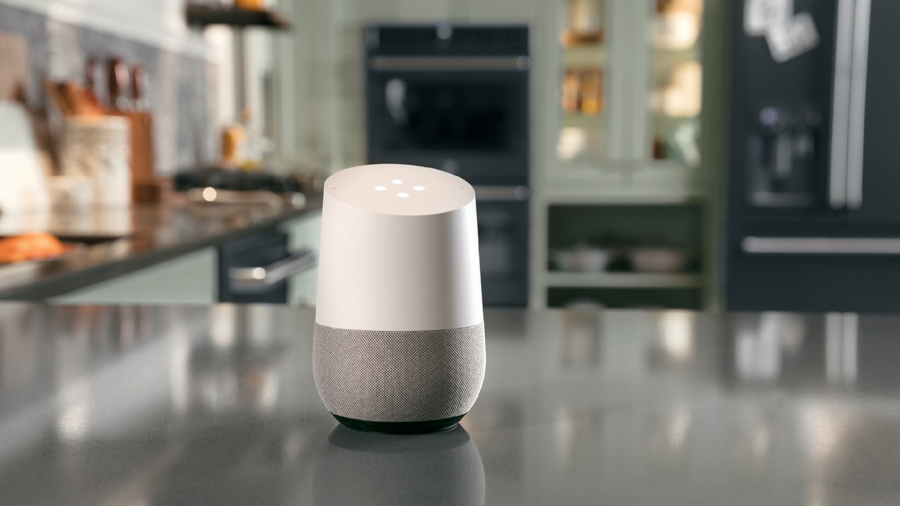
Google Home
Reasons to buy
For starters, you might never appreciate just how much music is on YouTube without buying a Google Home. We’re not saying Google Home is capable of playing any song you can think of, but after dredging the depths of the ’90s we still couldn’t find a tune Google Home couldn’t track down and start playing.
While Google Home excels as a DJ, it’s also a surprisingly intelligent smart home hub. It already hooks into some of the largest platforms now available by including Nest, Philips, and Samsung’s SmartThings, and given a few months that number will grow even more.
But we're torn when it comes to recommending the Google Home. In some ways it's disappointing and doesn't live up to be the coveted center of the smart home Google has marketed it as.
That's because it's just not there yet. It’s a little too rigid in its language comprehension, its list of smart home devices is growing but still a bit underwhelming, and, perhaps the biggest disappointment of all, it doesn’t have many of Google’s core services built into it.
It has the potential to develop to compete with Amazon's Echo in the future, but for now, the Google Home is simply a smart novelty with access to YouTube Music, built-in Google Cast, and the ability to save you a trip to the light switch.
Over the past year, the Google Home has received a number of notable updates, including the fact you can now use the device to make calls to landlines in the UK. Google Assistant has also been updated to included bilingual capabilities, Continued Conversation, and Multiple Actions. A more recent update has also brought Google Assistant to Nest Security alarm systems.

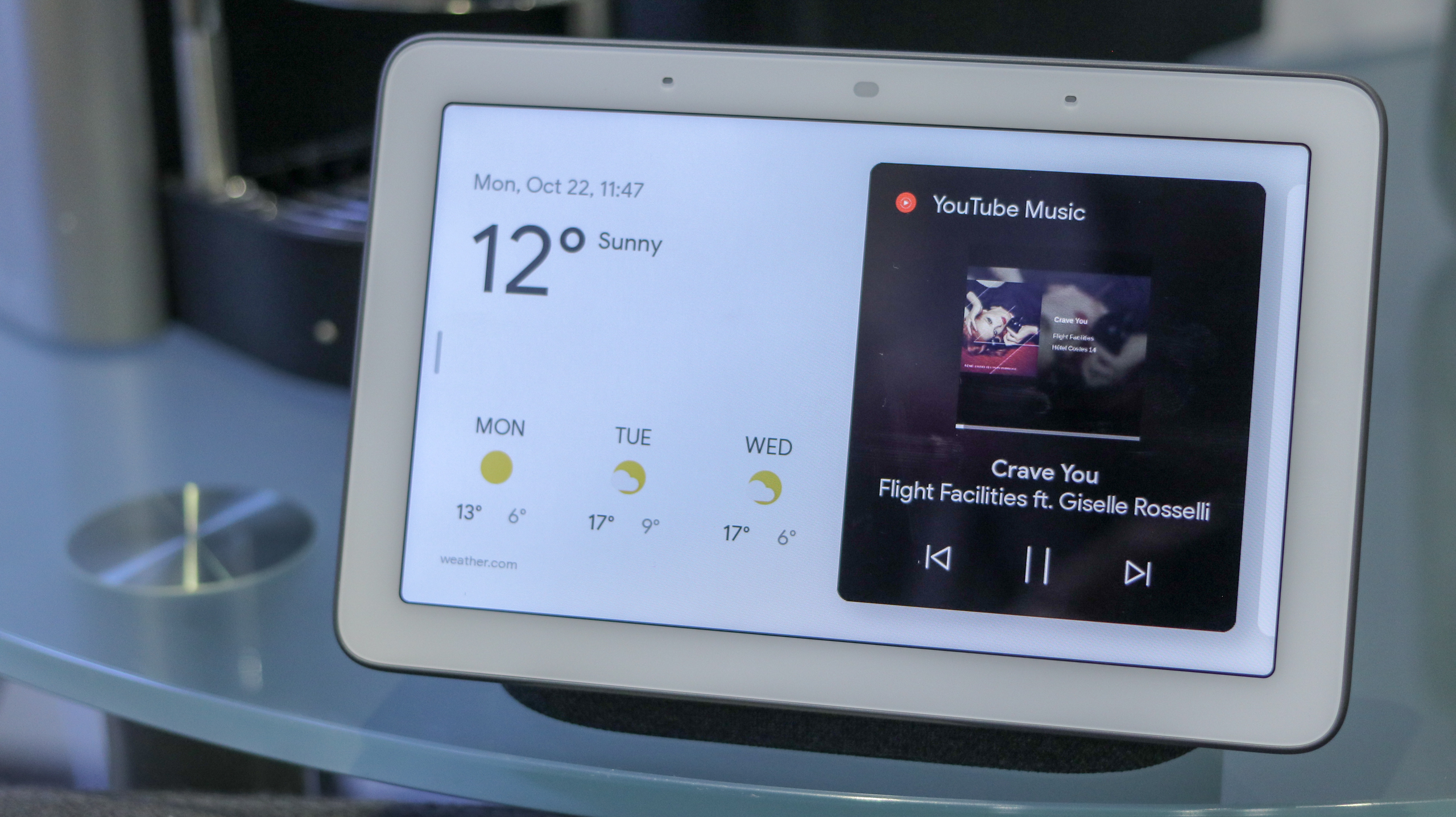
Google Home Hub
Reasons to buy
With the recent onslaught of smart display devices from the big tech companies, there's more choice than ever if you want a screen included with your smart speaker.
The Google Home Hub is one of the latest crop of smart displays, and it certainly gives its closest rival, the Amazon Echo Show a run for its money, with intuitive voice control and well-designed first-party apps.
That being said, this is not a speaker for audiophiles - it works well enough to play music in the background while you do chores or read, but it doesn't pack big enough of a sonic punch to serve as your main speaker for listening to music.
Where the Google Home Hub does excel, is as a control center for your digital home, supporting over 5000 smart devices from 400 companies - plus it's pretty good value for money too.

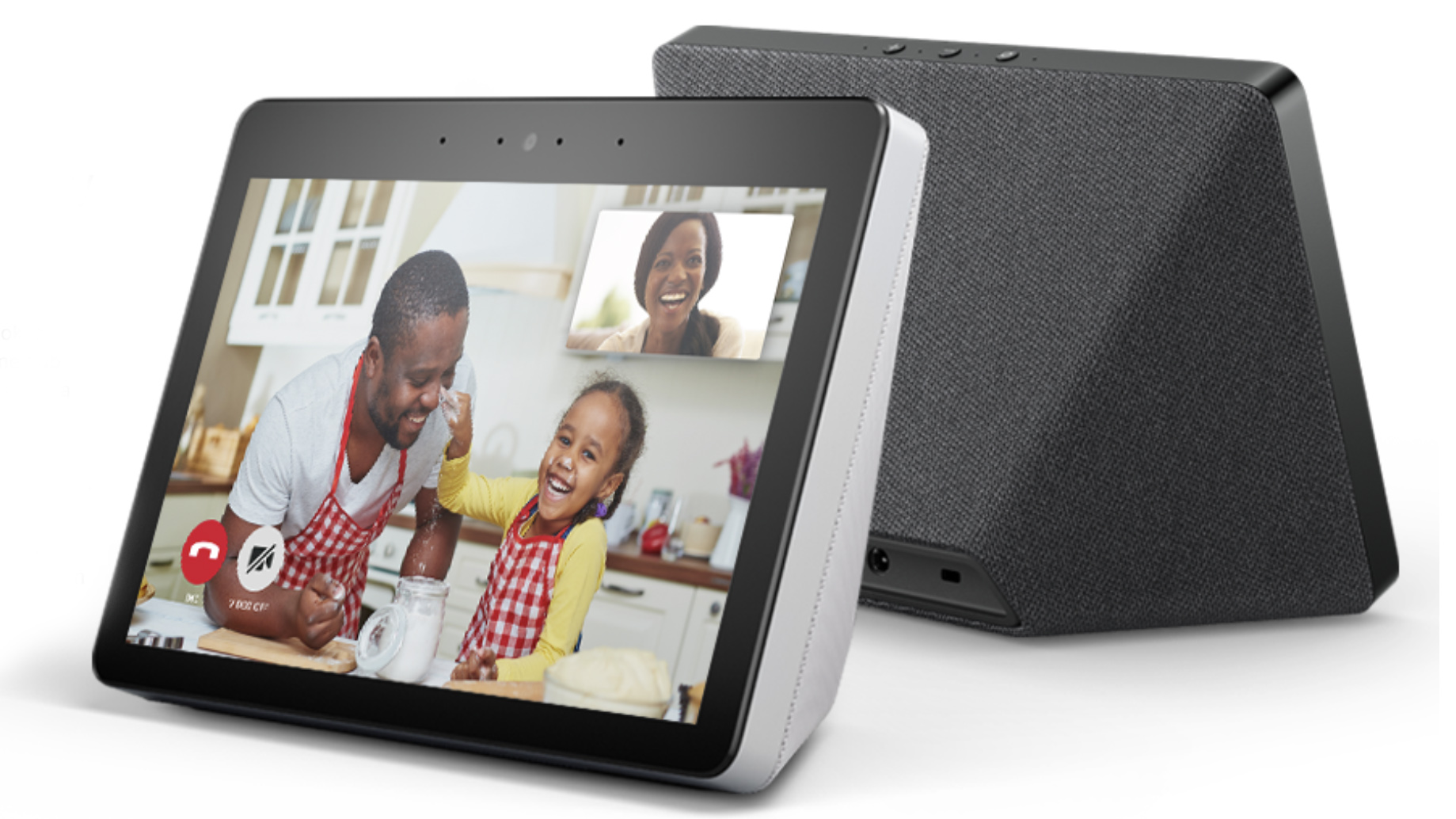
Amazon Echo Show (2nd generation)
Reasons to buy
The updated Echo Show is a step in the right direction, with better design, a clearer screen, and superior sound, but it has limited support for third-party streaming services.
The touchscreen is 1280 x 720 px - so it won't blow you away up close, but it looks fine from a distance. It also features adaptive brightness, although the screen isn't the main way you interact with the Echo Show - it's optimized for voice activation via Amazon Alexa, and it's great for using while you potter about the kitchen.
It's not the cheapest smart display on the market, however, it adds value by combining devices you already have and ones you could buy at a lower price elsewhere – just look at the Amazon Echo Dot, for example.
Put everything together though, and the new Show is a marked improvement on the original version, and if you're keen on watching cooking tutorials or listening to music as you cook, it deserves a spot on your kitchen counter.


Amazon Echo Spot
Reasons to buy
In our opinion, the Amazon Echo Spot is the best-designed Alexa device Amazon has ever created – it’s a gadget you’d happily have in your bedroom, on your desk, in your kitchen, and pretty much anywhere else.
The Spot is versatile – it doesn’t have a chameleon-like ability to adapt to the room you put it in, but this is certainly not just a smart alarm clock, something Amazon has been very clear about.
It does everything the Echo Show does, but it all feels better in this smaller form factor. The design is great – it's available in black and white – and we can easily see the Spot being used in the bedroom, kitchen, or even on a desk. In fact, you may want it in all of these places.
That's the thing with the Amazon Echo Spot: much like other Echo devices, Amazon wants you to have a multitude of them in your home so you always have access to video chat no matter where you are.
Essentially, it wants the Echo Spot to replace the Echo Dot. The Amazon Echo Spot is a little more expensive than the new Echo, though, and in turn much more expensive than an Echo Dot.
This is because of the addition of the screen. While we still haven't seen that killer Skill for the screen, it does enhance the look of the Spot and opens up the possibilities for it being much more than just a smart speaker.
We’re just hoping that Amazon’s Skills become much more video-friendly – once this happens, the Amazon Echo Spot will become an absolute must-have.

Becca is a contributor to TechRadar, a freelance journalist and author. She’s been writing about consumer tech and popular science for more than ten years, covering all kinds of topics, including why robots have eyes and whether we’ll experience the overview effect one day. She’s particularly interested in VR/AR, wearables, digital health, space tech and chatting to experts and academics about the future. She’s contributed to TechRadar, T3, Wired, New Scientist, The Guardian, Inverse and many more. Her first book, Screen Time, came out in January 2021 with Bonnier Books. She loves science-fiction, brutalist architecture, and spending too much time floating through space in virtual reality.